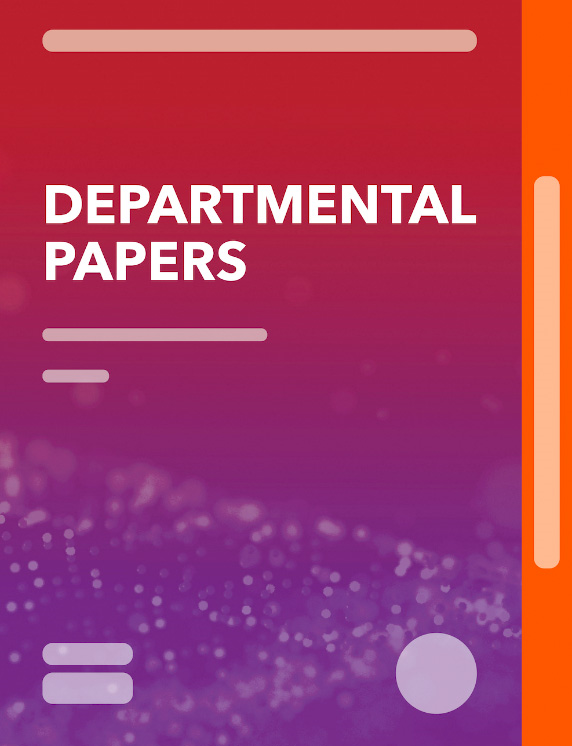Central Bank Balance Sheet Expansion in a Dollarized Economy: The Case of Ecuador
December 2, 2022
Disclaimer: IMF Working Papers describe research in progress by the author(s) and are published to elicit comments and to encourage debate. The views expressed in IMF Working Papers are those of the author(s) and do not necessarily represent the views of the IMF, its Executive Board, or IMF management.
Summary
Subject: Bank deposits, Central banks, Economic sectors, Financial institutions, Financial services, Financial statements, International reserves, Public financial management (PFM), Public sector, State-owned banks
Keywords: accounting practice, balance sheet expansion, Bank deposits, CBE balance sheet, CBE liability, Central bank, central bank financing, Financial statements, financing of the government, fiscal dominance, International reserves, liquidity ration, Public sector, State-owned banks
Pages:
23
Volume:
2022
DOI:
Issue:
234
Series:
Working Paper No. 2022/234
Stock No:
WPIEA2022234
ISBN:
9798400226793
ISSN:
1018-5941






